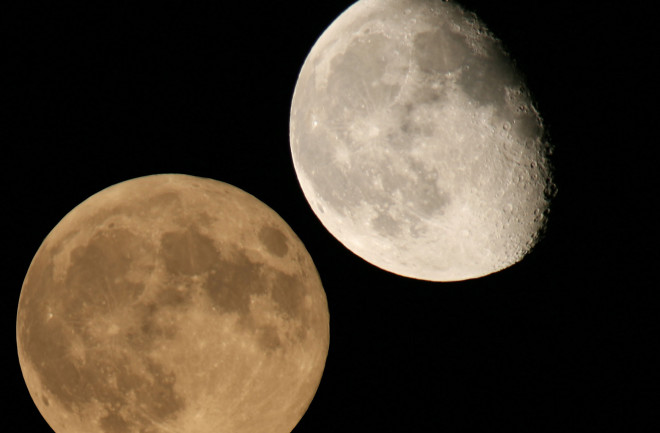Imagine that you're looking up at the night sky — and instead of spotting a single moon above you, you see two glowing orbs instead.
In this alternate reality, one of these celestial bodies is about the size and brightness of our present-day moon, but the second appears four times bigger and brighter. From this secondary moon's surface, fountains of magma erupt from volcanoes, creating space debris that enters our atmosphere to produce meteor showers more spectacular than any we know today.
These are just some of the possibilities for our planet if we had two moons, each roughly the same size as the other, with the second situated about halfway between Earth and our current moon. But what would life on Earth really be like if our planet was orbited by two moons instead of one?
What Would Be Different If Earth Had Two Moons?
Astrophysicist Neil F. Comins wondered about this very question; in 2010, he wrote a book, What If the Earth Had Two Moons? : And Nine Other Thought-Provoking Speculations on the Solar System, to dig into some possible answers.





